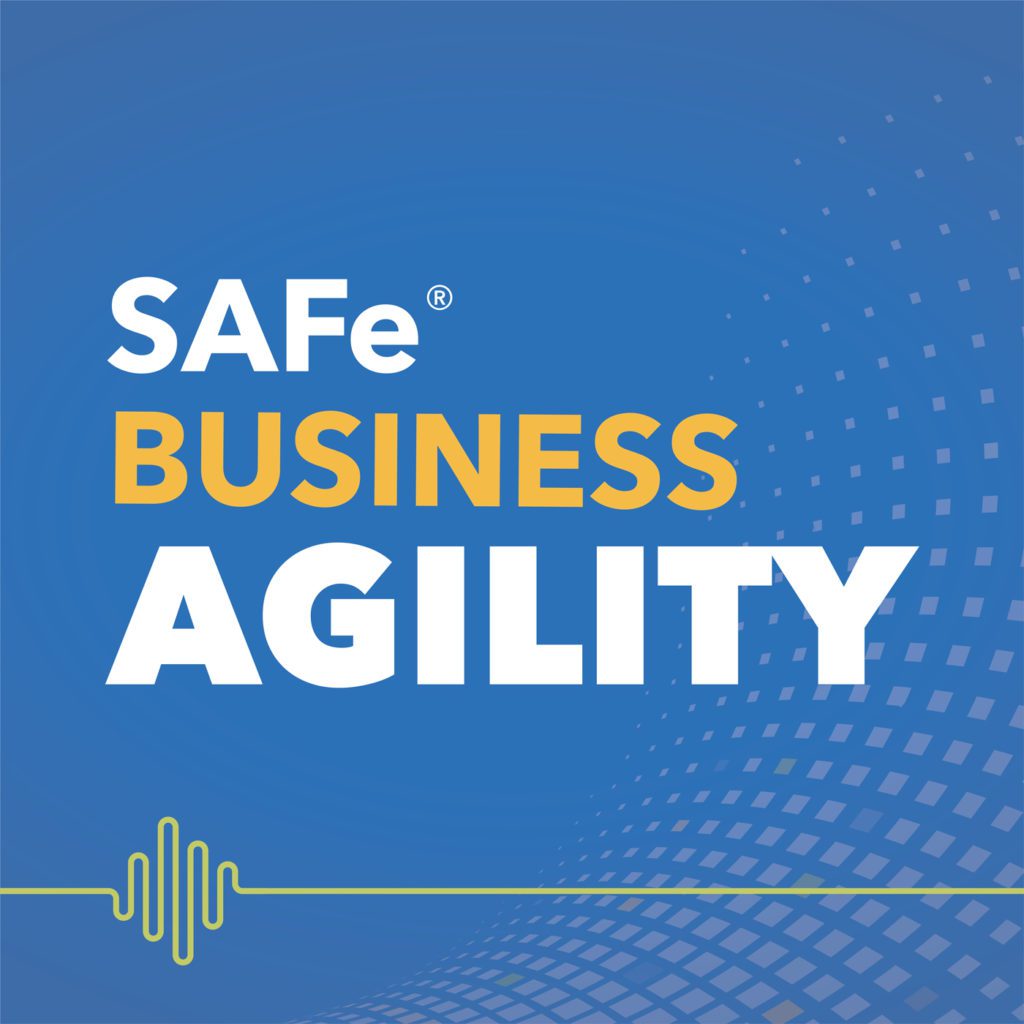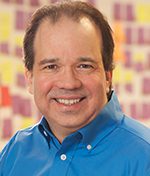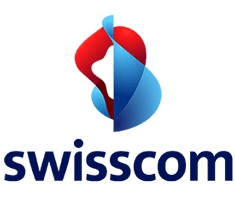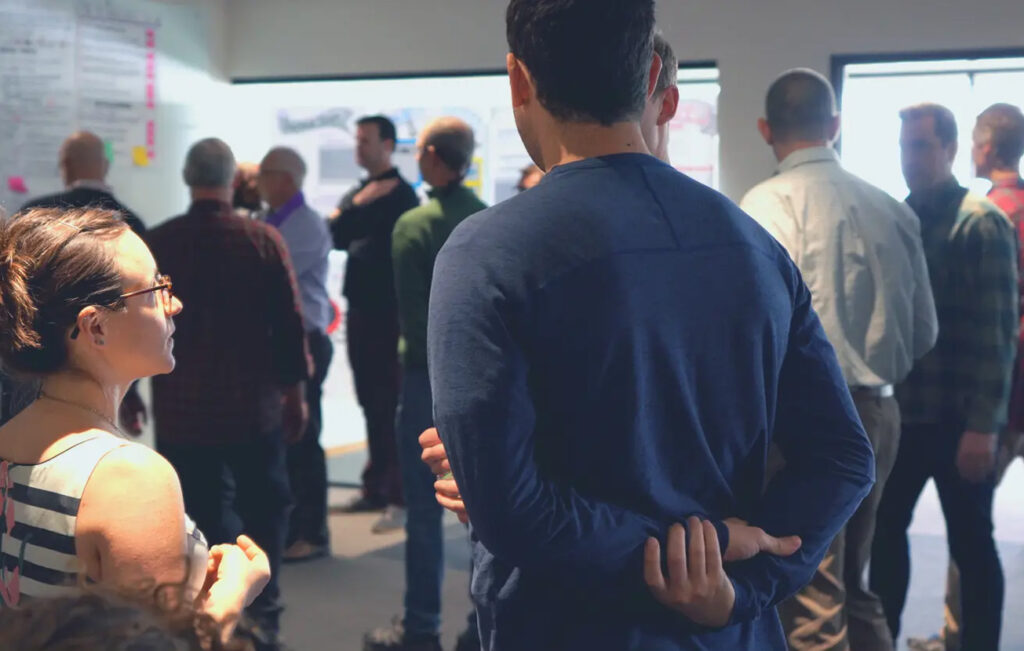
By definition, Weighted Shortest Job First (WSJF) is a prioritization model used to sequence jobs to produce maximum economic benefit. Utilizing WSJF relies on the Cost of Delay and job size to determine its weight in priority. Think of the Cost of Delay as the price you pay for not delivering a feature to the end-user in a timely manner. For instance, if you know a competitor is also working on a similar initiative to yours, you can acknowledge the risk of losing customers if the experience you deliver pales in comparison.
I like to refer to WSJF as a tool that helps you take the emotion and politics out of a decision and rely on facts instead. WSJF allows us to take an economic view and not be swayed by the loudest complainer (aka squeaky wheel) or the person with the longest title in the room.
I’m sure we can all relate to being in a prioritization meeting either before, during, or after your SAFe® adoption where people demand that their feature be the top priority. But what they can’t clearly explain is why they want it, why that feature is important to the business, end-user, or buyer, and how it aligns with the organization’s purpose. After the WSJF exercise, participants often assume that the biggest, most needed items will find their way to the top of the priority list and are surprised by what features actually get selected. Remember, in Agile, we like to show value quickly. So, WSJF also helps participants identify features that could be too large to ever get to the top, forcing them to break down the work into more manageable batches.
Here’s an example from a retail company I worked with. The company’s top priority at the time was a single-sign-on (SSO) integration feature that was considered critical to improving the user experience. SSO was all everyone was talking about. So, after going through the WSJF exercise, a marketing executive was surprised that aspects of their SSO integration weren’t at the top of the list. The conversation surrounding this—which, by the way, involved the squeaky wheel and the person with the longest tile—enabled participants to break the work down into smaller batches. Everyone involved in the discussion got the context they needed to see that by changing the scope of the work, teams could provide incremental value to customers more quickly. We then went back through the WSJF exercise with the smaller batches of work, some of which moved to the top of the priority list and others moved further down.
Going through this exercise gave participants the context and information to explain:
- Why and when items were being delivered
- How customers would be delighted with ongoing improvements versus one large release in the future
Having those key stakeholders in the room allowed us to work through the tough conversations and gain alignment more quickly. That’s not to say the conversations were any easier. But showing how the larger batches of work could be broken down into small batches provided proper context based on end-user value and faster delivery.
In the end, WSJF doesn’t only help an organization deliver the most value in the shortest amount of time, it also fosters decentralized decision-making. This requires your RTE or Product Managers to be steadfast in their approach to ensure trust and belief in the process. When members of the team see leadership supporting this new approach, even when that leader’s feature doesn’t land at the top, it goes a long way in building the trust and culture to inspire a successful SAFe adoption.
About Elizabeth Wilson
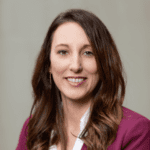
For more than a decade, Elizabeth has successfully led technology projects, and her recent experiences have focused on connected products. As an SPC, she’s highly versed in Agile methodology practices, including SAFe, and leverages that expertise to help companies gain more visibility, achieve faster development cycles, and improve predictability. With a wealth of practical, hands-on experience, Elizabeth brings a unique perspective and contextual stories to guide organizations through their Agile journey.
Share:
Back to: All Blog Posts
Next: The SAFe Coach
